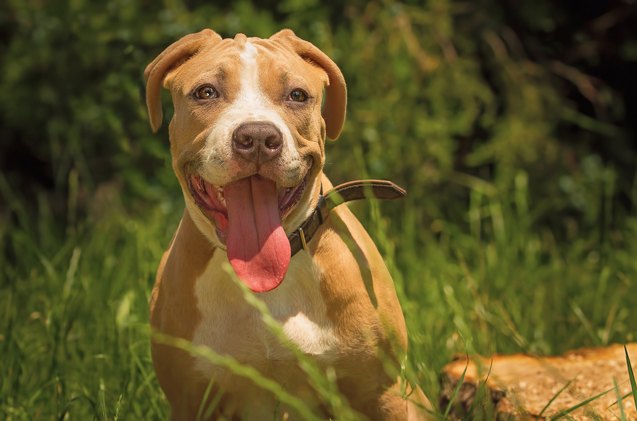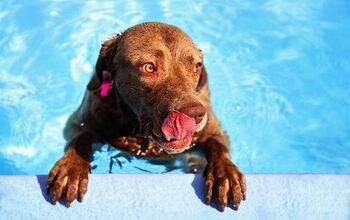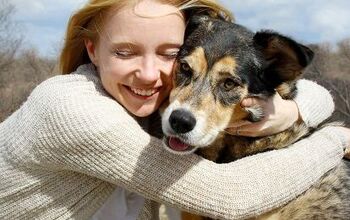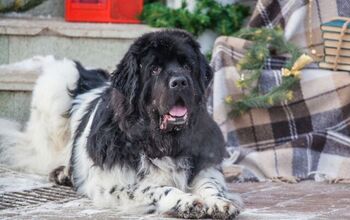Top 10 Unfairly Banned Dog Breeds

We often hear about Breed Specific Legislation (BSL) where a state or province has introduced a ban or restrictions to owning a certain breed of dog. The legislation is intended to protect the public from what is perceived to be dangerous dog breeds and it often includes the catch-all phrase “…and any dog of a mixed breed that visibly contains any of these breeds.” In a nutshell, if your pooch so much as looks like one of these banned dog breeds, you may have a problem.
BSL’s simplistic, broad-brush approach to solving dog attacks has come under fire by dog owners who cite the obvious – it’s not the breed, it’s the owner – and feel the focus should instead be on pursuing and prosecuting irresponsible dog owners including those that abuse or neglect their pet, fail to properly train and socialize their pooch and those who allow him to roam free (especially if unneutered).
So while the battle of the banned dog breeds continues, let’s take a look at the Top 10 who undeservedly made the list.
This calm, quiet breed comes from German stock and while he can be territorial toward other male dogs and is inclined to dominate he generally does well with other animals and with early socialization, positive interaction and regular rigorous exercise, he makes a great family pet. He’s described as a confident guardian, loving and loyal by the American Kennel Club. (Photo credit: Anna Grishenko/Shutterstock)
Dogo Argentino (Argentinean Mastiff)
This heavily muscled dog looks ready to do the job he was originally bred for – hunting large game but today the Dogo is considered a family pet that gets along well with other dogs. He does require vigorous exercise to expend his energy and keep him mentally stimulated however he’s referred to as loyal, trustworthy and courageous by the American Kennel Club. (Photo credit: Eve Photography/Shutterstock)
Often making the list of banned dog breeds, this handsome boy originated in the U.K., is a mix of Terrier and Bulldog and is considered part of the “pit bull” breed that is experiencing bans and restrictions for being aggressive. Yet the American Kennel Club describes him as confident, good natured and smart. Additionally, they say “The Am Staff is a people-oriented dog that thrives when he is made part of the family and given a job to do.” (Photo credit: By Hamik/Shutterstock)
Fila Brasileiro (Brazilian mastiff)
The Fila was bred to hunt and guard and these instincts remain strong in the breed. He needs a seasoned dog owner who appreciates the dog’s sense of loyalty and need to protect his human pack. Extensive and ongoing socialization from the time he is a puppy is important to keep him at ease with new faces while plenty of time with his family and daily rigorous exercise designed to tire him out will help curb his aggressive tendencies. (Photo credit: Artush/Shutterstock)
This dramatic looking pooch was originally bred and trained for guard duty in Germany towards the end of the 19th century and unfortunately his larger, intimidating build has often typecast him in this role. Today, the Dobie is known for his exceptional intelligence, obedience and good natured temperament that make him a great family pet. The American Kennel Club describes him as alert, fearless, loyal and highly trainable. (Photo credit: InBetweentheBlinks/Shutterstock)
Japanese Tosa (Tosa Inu)
When you’re also known as the “Japanese Fighting Dog” you’ve already got a couple strikes against you when it comes to winning public approval but these big boys train and fight sumo-style – which is overpowering and pinning – versus biting and injuring. They are loyal, obedient, and naturally protective of their home and human pack. Extremely rare, they are considered great with kids. (Photo credit: Vera Zinkova/Shutterstock)
This hard working dog’s speed, agility and sense of smell once made him ideal for herding. Today you’ll find him assisting search and rescue units, working alongside police units to track down the bad guys and sniffing out narcotics. His loyal and highly protective instincts towards family can make him territorial if not properly socialized however the American Kennel Club pegs him as being “smart, confident, courageous, and steady; a true dog lover’s dog.” (Photo credit: Hysteria/Shutterstock)
This dog hails from the U.K. and combines the spirited Old English Terrier with the athletic Old English Bulldog. He is one of the more commonly banned dog breeds that is considered naturally aggressive yet the United Kennel Club describes him as “… not the best choice for a guard dog since they are extremely friendly, even with strangers. Aggressive behavior toward humans is uncharacteristic of the breed…” (Photo credit: Voltgroup/Shutterstock)
This leaner, longer-legged version of the Old English Bulldog was prized for his ability to guard farms and hunt small game. He’s highly confident but known for needing the attention of his owners and doesn’t thrive if he’s left for long periods or ignored. He has strong protective instincts and would put his life on the line for his family, so early socialization is important to ensure he can distinguish between friendly faces and those who are a true threat. (Photo credit: Little Moon/Shutterstock)
Canary Dog (Presa Canario)
A big dog with the even bigger bark, he originated in Spain’s Canary Islands where he was used to guard farms and livestock. These loyal boys can become aggressive towards other dogs and strangers if they feel their pack is threatened and because of this need to protect, early socialization is important. Regular, rigorous exercise will help keep his physical needs met and aggression under control. (Photo credit: Zuzule/Shutterstock)

Sharing space with three seriously judgy Schnoodles and a feline who prefers to be left alone. #LivingMyBestLife
More by Mary Simpson

































